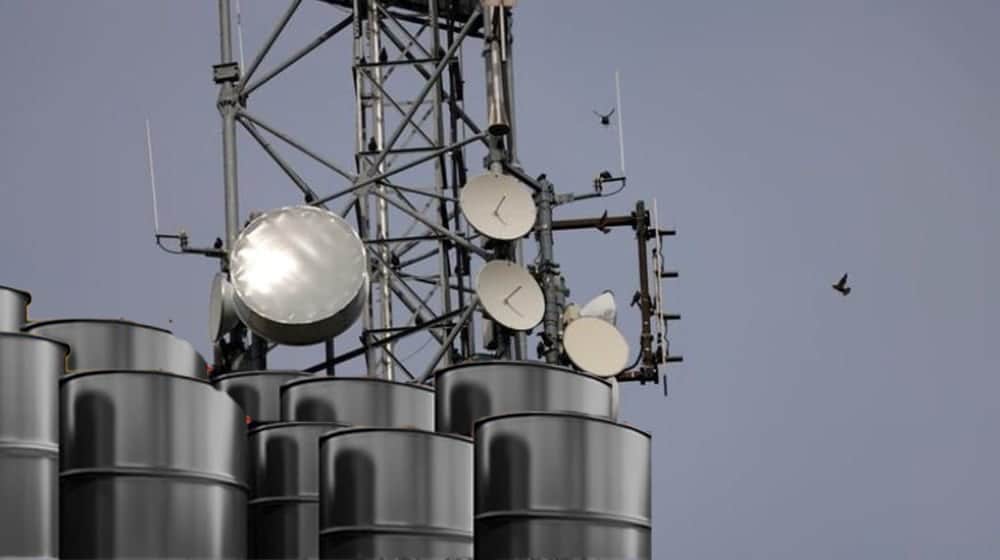By Mohsin Cheema
Fuel is one of the major contributors to operators in telecom field operations and its pilferage remains an issue to this day.
Various checks have been deployed but the reconciliation of the fuel, as per the actual claimed quantity, remains unresolved between all the stakeholders, especially technical operations, fueler and security. Fueler always claims that the allocated quantity is replenished as it is, whereas the security says otherwise. This rift gets intensified during the process of fuel reconciliation.
As per current practice of the industry, based on agreed SLAs, fuel reconciliation is mainly based on the alarms & parameters especially DG running, DG’s consumption per hour, Battery backup time & AC mains failure. Based on these alarms, justified fuel consumed is calculated and the delta is left for recovery.
This alarm-based work is never accepted by the fueler and the security vendor. The authenticity and validity of the process are questioned and challenged; various questions are raised to contest the infrastructure’s sanity, especially that of RMS, alarms, consumption per hour of the DG & fuel level sensors of the tank. Due to a lack of tangible onsite evidence, the matter can’t be legally pursued with authorities in an effective manner.
Based on these observations, the situation demands to have an onsite solution, which must have all the parameters required for the reconciliation of the fuel. The proposed device for the availability of the onsite parameters can be correlated with the energy meter used by Wapda and may be called EA (External Alarms) meter. Similar to the WAPDA energy meter, which has parameters like units consumed, MDI, current load, etc.
The proposed EA meter must have all the parameters needed for reconciliation using existing infrastructure. One addition, especially for RMS, is the use of high-precision level sensors, which must be based on the actual replenished quantity & not the manually calculated geometry of the tank. An additional hydrocarbon sensor may also be considered to verify that replenished solvent is actually a fuel and is not water used to level the quantity.
Intellectual property/patent for the device and appropriate approvals by the relevant authorities may also be taken into account so that this device is valid for appropriate legal action. Real-time onsite availability of Parameters including but not limited to fuel level, DG’s consumption per hour, DG running, and CP parameters via EA meter will help to mitigate the fuel pilferage, shall facilitate the reconciliation, and may also be used for legal action if required. An initial pilot runs for high-consumption sites would surely help gauge its effectiveness.
This proposed solution is for the infrastructure where hydrocarbon use is inevitable, however, with increasing fuel costs and limited production, the telecom industry must evolve to use renewable energy alternatives at a higher pace and assign priority to Genset fewer Operations for better Opex control.


























For on site, there must be digit meter meters.
And RMS are still reliable, if monitored properly.
Nice subject. 👍